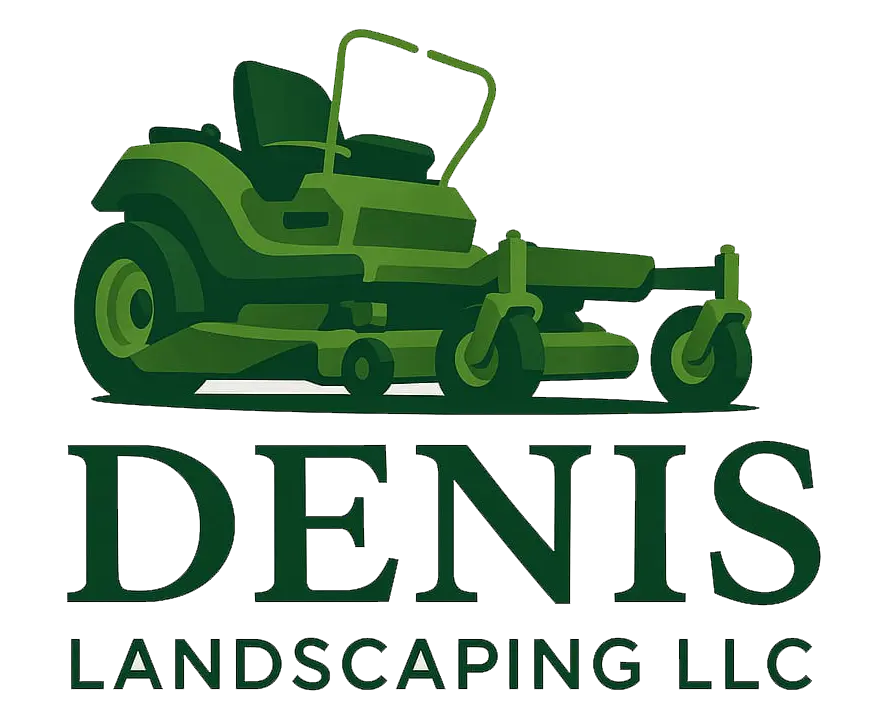Discover Essential Tips for Enhancing Your Garden’s Borders
Selecting the correct edging material is crucial to ensuring that your garden maintains its beauty for years. With so many options available, it can be daunting to choose what’s best for your needs. Each material has unique characteristics, benefits, and drawbacks. Understanding these will help you make an informed decision that aligns with your aesthetic preferences and practical requirements. This guide will walk you through the essential elements of choosing durable materials for your landscape projects.
Exploring Different Materials
Landscape edging comes in various materials, each offering distinct advantages. Metal is known for its sleek appearance and durability. It works well in modern landscapes. Stone provides a natural look that blends seamlessly into rustic gardens. Concrete offers stability and longevity but can be more labor-intensive to install.
The Benefits of Metal Edging
Metal is a popular choice due to its strength and flexibility. It creates clean lines, which are ideal for contemporary designs. Metal resists cracking and warping, making it a great investment. It handles temperature changes well, reducing wear over time.
Natural Appeal With Stone Edging
Stone provides an organic feel that other materials may lack. It’s versatile, working well in both formal and informal settings. The weight of stone ensures it stays in place even in harsh weather conditions. However, it can be expensive and challenging to move once installed.
Concrete: Sturdy and Reliable
Concrete edging is valued for its durability. It doesn’t rot or decay like some natural materials. Its versatility allows for custom shapes and designs. While installation may require professional help, concrete’s lifespan makes it cost-effective in the long run.
Weighing Pros and Cons
- Metal: Durable, flexible, but can rust without proper treatment.
- Stone: Natural appeal, sturdy, but heavy and costly.
- Concrete: Long-lasting, customizable, but needs skilled installation.
Installation Considerations
When installing any type of edging, assess your soil type. Sandy soils may require deeper installations to ensure stability. Proper alignment is crucial for aesthetics; use a level to maintain straight lines. Always consider drainage to prevent water accumulation around the edges.
Maintenance Tips for Longevity
Regular maintenance extends the life of your edging. Clean metal surfaces to prevent rust, especially after rain. Reseal stone edges annually to preserve their appearance. Inspect concrete for cracks and patch them early to avoid larger repairs.
Cost Factors Involved
The initial cost varies significantly based on the chosen material. Metal may have upfront costs but lower maintenance expenses later. Stone is usually pricier but enhances property value with its timeless look. Concrete’s setup might seem high initially, yet it saves money through reduced maintenance needs.
Your Path to Beautiful Gardens
Your landscape deserves quality edging that stands the test of time. Contact me at (720) 574-9670 to discuss how I can transform your outdoor space. Based in Lafayette, CO, I specialize in providing top-tier solutions tailored to meet your unique needs. At Denis Landscaping LLC, I ensure every project reflects both style and durability, making your garden a true masterpiece.
